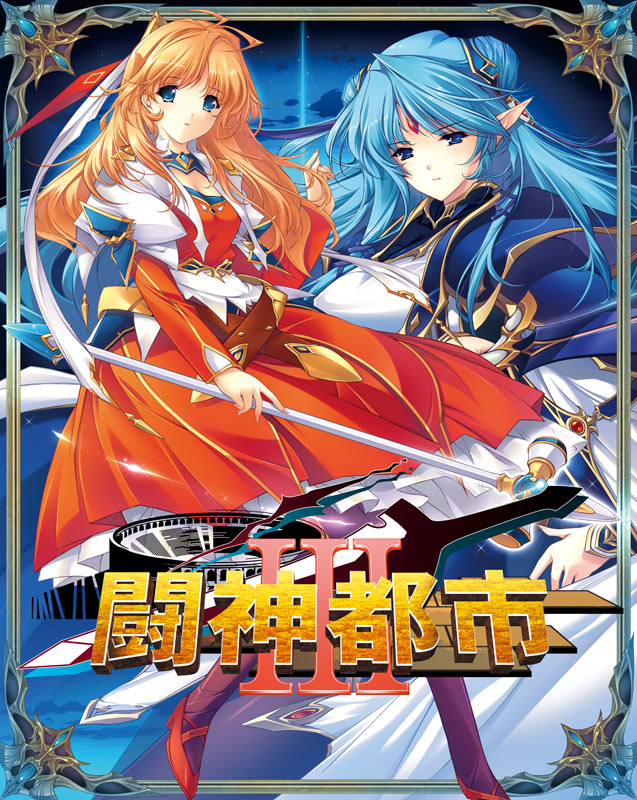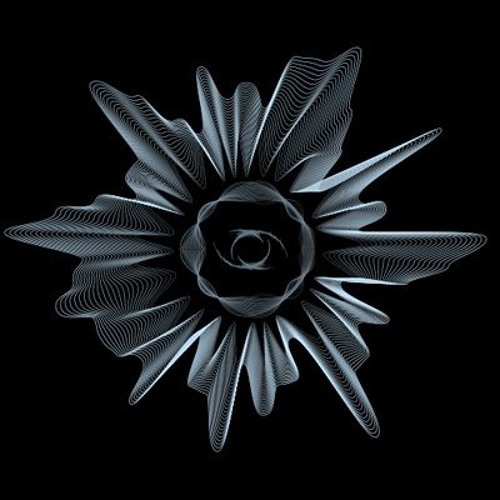
:origin()/pre00/c12b/th/pre/i/2014/102/e/2/sabretooth_oni_x_mermaid_by_toydreamer-d7e4tk7.jpg)
They are said to suck in a human's vital energy and devour her or his flesh.

Oni have a massive appetite for human flesh and can eat a person in a single gulp. They have the destructive power of lightning and thunder, which terrifies people through their auditory and visual effects. Oni bring calamities to the land, bringing about war, plague/illness, earthquakes, and eclipses. Some scholars have even argued that the oni was entirely a concept of Buddhist mythology. Only the very worst people turn into oni while alive, and these are the oni causing troubles among humans as presented in folk tales. Accordingly, a wicked soul beyond rehabilitation transforms into an oni after death. The hungry ghosts called gaki ( 餓鬼) have also been sometimes considered a type of oni (the Kanji for "ki" 鬼 is also read "oni"). The oni was syncretized with Hindu- Buddhist creatures such as the man-devouring yaksha and the rakshasa, and became the oni who tormented sinners as wardens of Hell ( Jigoku), administering sentences passed down by Hell's magistrate, King Yama (Enma Daiō). Particularly powerful oni may be described as kishin or kijin (literally "oni god" the "ki" is an alternate character reading of "oni"), a term used in Japanese Buddhism to refer to Wrathful Deities. Accordingly, Chinese ( Taoist) origins for the concept of oni have been proposed. The character for oni, 鬼 ( pinyin: guǐ Jyutping: gwai 2) in Chinese also means a dead or ancestral spirit, and not necessarily an evil specter. This explanation is found in the 10th century dictionary Wamyōshō, which reveals that the oni at the time had a different meaning, defined as "a soul/spirit of the dead". Origins Īn old etymology for " oni" is that the word derives from on, the on'yomi reading of a character ( 隠) meaning "to hide or conceal", due to oni having the tendency of "hiding behind things, not wishing to appear".

Oni can come in many different sizes ranging in both weight and height. They are predominantly male but they can be female because of being overcome with grief or jealousy. They may occasionally be depicted with a third eye on their forehead, or extra fingers and toes. They may sometimes also be depicted as black-skinned, or yellow-skinned.
ONI X BLUEINGREEN SKIN
Their skin may be any number of colors, but red, blue, and green are particularly common. This image leads to the expression "oni with an iron club" ( 鬼に金棒, oni-ni-kanabō), that is, to be invincible or undefeatable.

They are often depicted wearing tiger-skin loincloths and carrying iron clubs called kanabō ( 金棒). 1764ĭepictions of yokai oni vary widely but usually portray them as hideous, gigantic ogre-like creatures with a single horn or multiple horns emerging from their heads, with sharp claws, wild hair, and fang-like tusks. Sessen Doji Offering His Life to an Ogre (Japanese Oni), hanging scroll, color on paper, c. The tachi (Japanese long sword) " Dōjigiri" with which Minamoto no Yorimitsu decapitated Shuten-dōji' in the legend is now designated as a National Treasure and one of the Tenka-Goken (Five Greatest Swords Under Heaven). The legend of Shuten-dōji has been described since the 14th century in various arts, traditional performing arts and literature such as emakimono, jōruri, noh and kabuki. Shuten-dōji has been regarded as the most famous and strongest oni in Japan. Although Oni have been described as frightening creatures, they have become tamer in modern culture as people tell less frightening stories about them like Oni Mask and Red Oni Who Cried. They are popular characters in Japanese art, literature, and theater and appear as stock villains in the well-known fairytales of Momotarō ( Peach Boy), Issun-bōshi, and Kobutori Jīsan. A creature instills fear and danger from their grotesque outward appearance to their wild and strange behaviors and dangerous powers. Stereotypically, they are conceived of as red, blue, black, yellow, or white-colored, wearing loincloths of tiger pelt, and carrying iron kanabō clubs. They are typically portrayed as hulking figures with one or more horns growing out of their heads. Notwithstanding their evil reputation, oni possess intriguingly complex aspects that cannot be brushed away simply as evil. Oni are mostly known for their fierce and evil nature manifested in their propensity for murder and cannibalism. An oni ( 鬼 ( おに )) is a kind of yōkai, demon, orc, ogre, or troll in Japanese folklore.


 0 kommentar(er)
0 kommentar(er)
